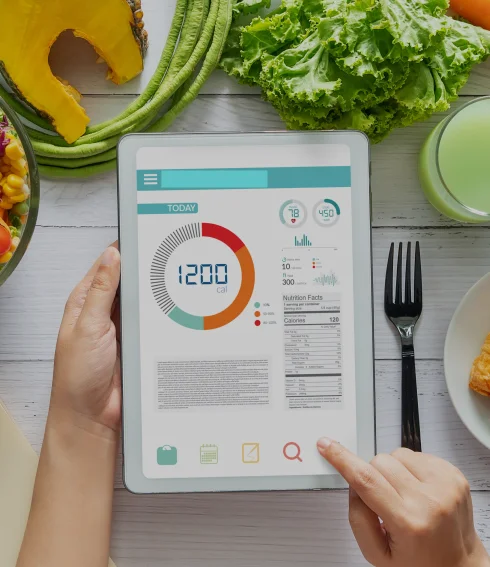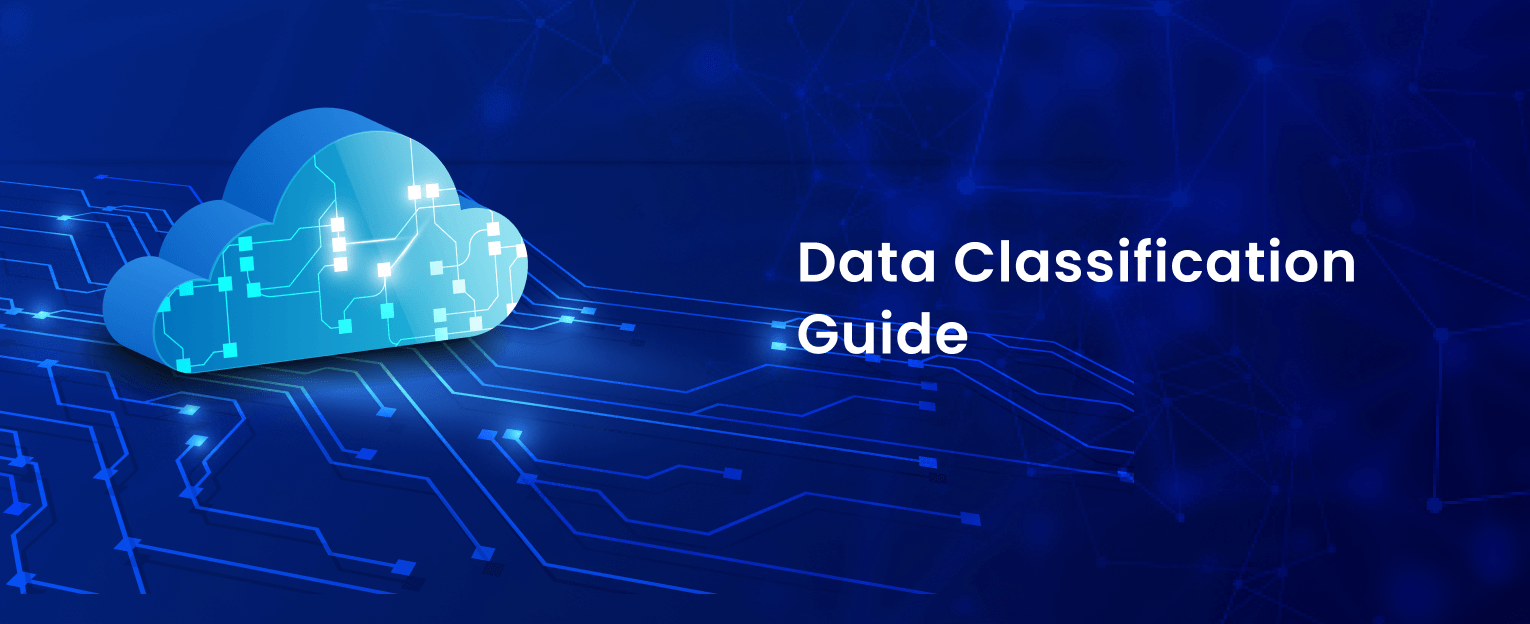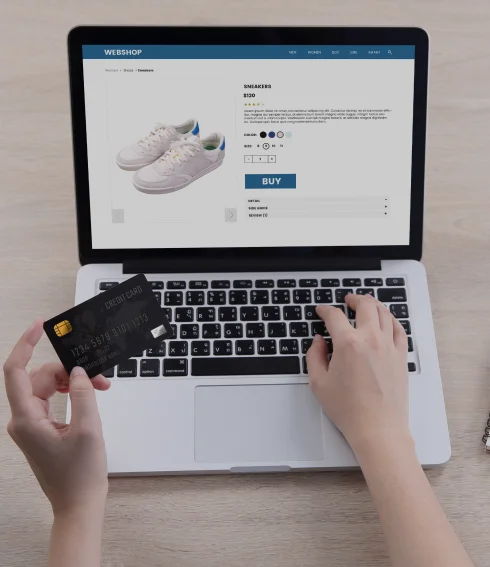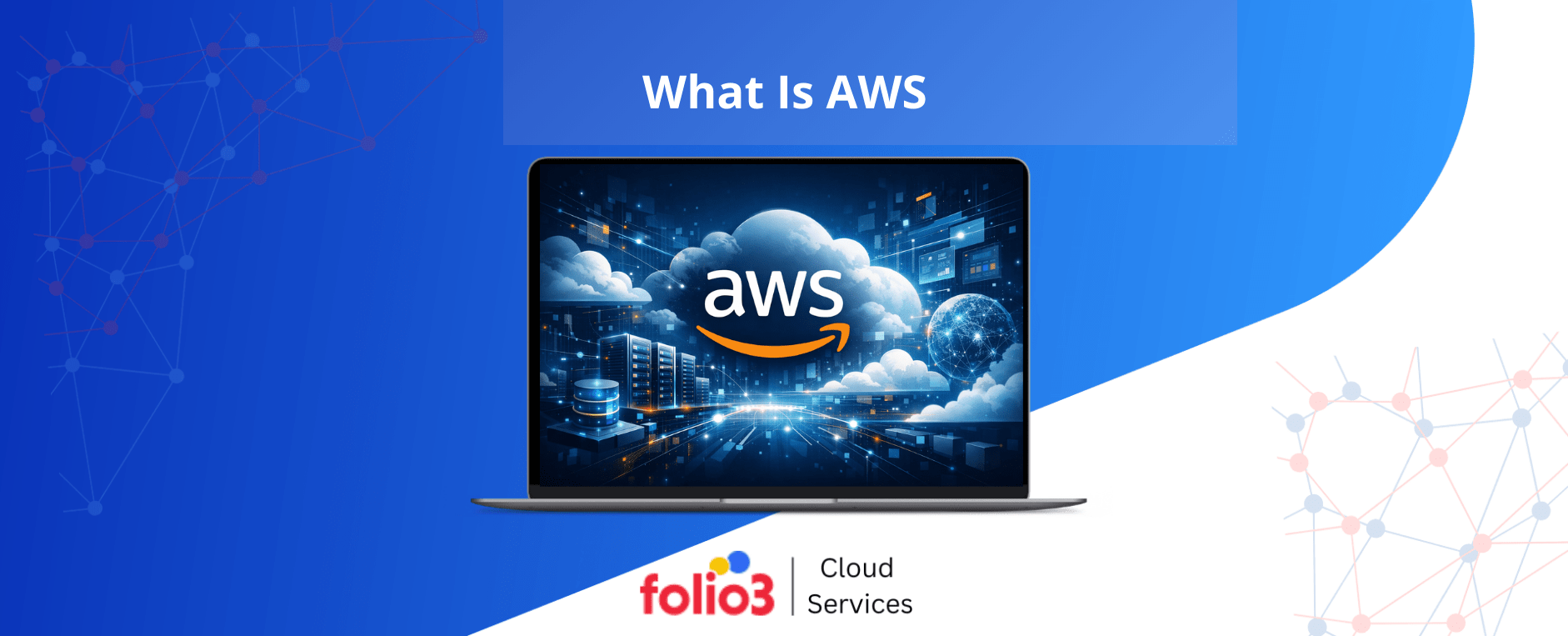According to Forbes, data classification can reduce security incidents by as much as 85%. Classifying data offers the highest level of security. Hence, businesses can reduce the likelihood of data breaches by implementing secure access control and encryption procedures.
In this article, we will explain types of data classification, its benefits, and what is the purpose of classifying data.
What is Data Classification?
Data classification refers to sorting and labeling records following predetermined criteria, such as how sensitive, important, or private they are. Different levels of data classification help to ensure that it is managed, preserved, and secured appropriately, considering the value and vulnerability of the information involved.
What is data classification based on? Data categorization can be accomplished in numerous ways, including manual sorting, automated classification utilizing algorithms, or a hybrid. An organization’s ability to manage its data, protect itself from security risks, and meet regulatory mandates depend on how well its data is classified.
Ready to Scale Your Business?
Ready to migrate to the cloud? Let us handle your data classification for a seamless transition.
Benefits of Data Classification
Practicing the classification of data has several benefits for businesses of all sizes. Its advantages are enough to advocate cloud cost. The primary purpose of classifying data includes:
- Data classification aids businesses in determining what data needs extra protection against intrusion and breaches.
- By classifying data, businesses can pinpoint the whereabouts of sensitive information across the organization and implement the necessary safeguards which help achieve compliance.
- Data classification helps companies arrange and prioritize their data for better access and management. It increases productivity and operational efficiency.
5 Types of Data Classification
By knowing the different kinds of data and how they are classified, organizations can make good plans for managing and protecting data.
There are different ways to organize data, such as:
1. Public Data
Public data is information that is freely available to everyone and doesn’t need any special controls or security measures to get to. Most of the time, this kind of data is not sensitive, and letting it out wouldn’t hurt the organization or its stakeholders. Some examples of public information are:
- Information that is open to the public, like news stories, press releases, and marketing materials
- Non-confidential information about the company, like how to contact them, where they are located, and what products or services they offer.
- Documentation and software that are free to use
- Information is already available to the public, such as historical records, research data, and reports from the government.
2. Private Data
Private data is information only for use within an organization and shouldn’t be shared or accessed by outsiders. Most of the time, this kind of data is sensitive, and if it were lost or leaked, it could hurt the organization or its stakeholders. Some examples of private information are:
- Employee records include salaries, reviews of their work, and personal information.
- Information about customers, their contact information, payment information, and transaction history
- Trade secrets, patents, and copyrights.
- Business plans, financial reports, and other private information.
Case Studies
Growth. Enabled.

Sunburst Type To Learn

InGenius Prep

Magento Cloud Migration

Nutrition Detection App
3. Internal Data
An organization uses this type of data to run its day-to-day business. Internal data can be shared among authorized employees or departments. This information is usually non-confidential, but it should still be kept safe from misuse or access by outsiders. Here are some examples of internal data:
- Emails, memos, and chat messages.
- The notes, agendas, and minutes of a meeting.
- Reports on inventory, sales, and production.
- Information about a company that is not available to the public, such as its plans, partnerships, and contracts
4. Confidential Data
Confidential data is very important information and needs the highest level of protection. This kind of information is usually only accessible to a small group of authorized employees. The organization or its stakeholders could be hurt badly in case of confidential data breaches. Examples of confidential data include:
- Information about national security, like secret documents and intelligence reports.
- Medical records and diagnoses.
- Credit card numbers, bank account information, and tax returns
- Legal documents, like communications between an attorney and a client and privileged information
5. Restricted Data
Restricted data is information that must be protected in a foolproof way due to legal, contractual, or ethical constraints. This type of data classification can be private or secret, and external authorities or industry standards regulate its handling. Some examples of restricted data are:
- Data that is private and protected by laws like GDPR, HIPAA, and CCPA
- Intellectual property laws protect data like trademarks, trade secrets, and patents.
- Contractual agreements, including non-disclosure agreements and service-level agreements, protect data.
- Data protected by ethical rules, such as research data involving humans or animal testing.
Data Classification Process
Data classification in the cloud entails arranging data into groups or subsets according to predetermined standards. To classify data, businesses should take the following data classification framework:
1. Identify The Data
The first step is to find the data that needs to be sorted and where it came from. It involves creating a good data classification policy, discovering who owns the data, where it is, and what regulations apply.
2. Define The Classification Criteria
Once the data has been found, the organization needs to develop a set of criteria for classifying it. Some criteria could be how sensitive the data is, how private it is, what regulations are in place, or any other factor that affects the level of protection needed.
3. Assign Categories
Once the criteria for classification have been set, the data are put into the right categories. Public, Internal Only, Confidential, and Restricted are all common types.
4. Check For Accuracy
The data classification process must be checked to ensure the data is categorized correctly. This could mean looking at the categories of data, figuring out the risks they pose, and finding any holes in the classification process.
5. Apply Controls
The right security controls must be used to protect the data based on its category. For instance, public data might not need extra controls, while private data might need strong access controls, encryption, and monitoring.
6. Share The Results
The results of the classification process need to be shared with the right people, such as the data owners, managers, and employees. This ensures they know each category and how it affects data handling.
7. Monitor And Maintain
The classification scheme must be checked regularly to ensure it is accurate and up-to-date. Any changes to the data or the rules must be considered in the classification process, and new controls may need to be implemented.
Hire the Professional Cloud Experts for Data Classification
If you’re also looking for a perfect solution that can meet all your above needs, then Folio3 can help you achieve your goals. You can get the following Cloud services:
- Cloud migration services (AWS Cloud Migration & Azure Cloud Migration).
- Cloud development services.
- Cloud integration services.
- Cloud optimization.
- Cloud security.
- Cloud services for startups, businesses, governments, and enterprises.
Conclusion
In a nutshell, proper data classification is essential for optimum cloud security. Data classification in cloud aids businesses in recognizing and prioritizing sensitive data, implementing data-specific security measures, and meeting regulatory requirements for data privacy. You can hire data classification cloud providers to upgrade your company’s security level with effective data classification solutions and cloud migration services.
FAQs:
Q1. Why Is Data Classification Important?
Data Classification helps businesses secure confidential information, meet regulatory requirements, and prioritize critical information. It aids in figuring out the level of safety precautions needed with various data categories, improves the efficiency of data management procedures, and ensures that crucial data is handled properly.
Q2. What Are The Data Classification Tools?
Microsoft Information Protection, Symantec DLP, Forcepoint DLP, McAfee DLP, and the Boldon James Classifier are just a few of the many data classification technologies. A data classification tool helps businesses with methods like content analysis, keyword matching, and machine learning.

























